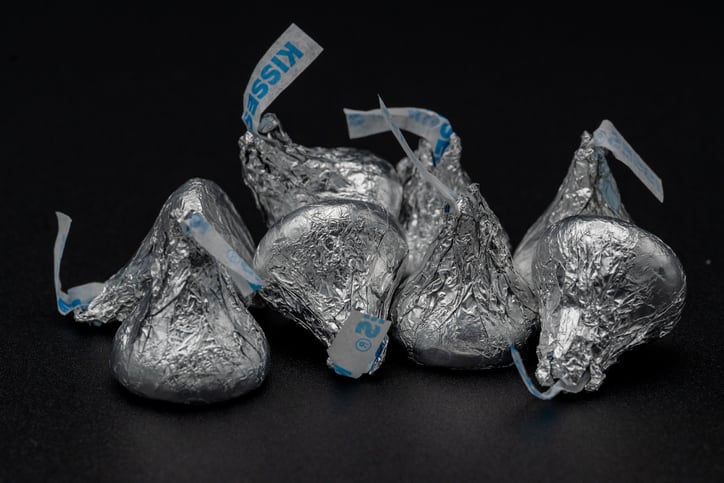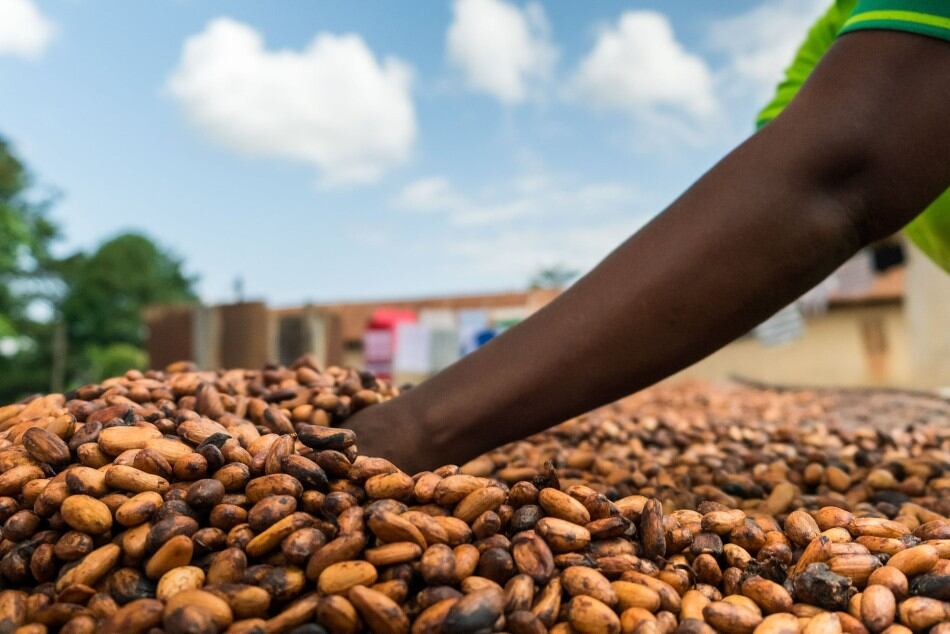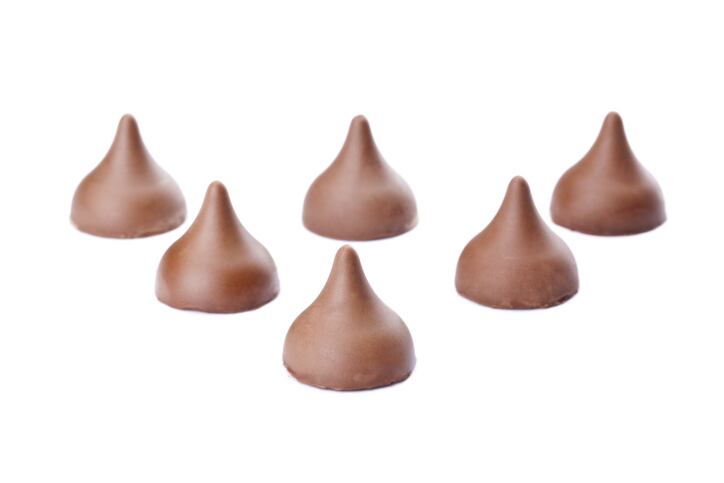During the company’s fourth quarter earnings call yesterday, CEO Michele Buck added that Hershey also is exploring additional price increases balanced with price-pack architecture to ensure higher costs are covered but consumers have “the right offerings and price points” to meet their changing needs.
“We operate in resilient categories and we have a long history of successfully adapting to periods of rapid change and uncertainty. This period of historically high cocoa and sugar prices, while challenging, is no different. While cocoa is expected to limit earnings growth this year, we believe our business strategies will enable us to grow our categories and profitably expand market share over time,” she said.
Among those strategies is Hershey’s Advancing Agility & Automation, or “AAA” initiative, which CFO Steve Voskuil said should generate net run-rate savings of $300m, pre-tax, by 2026, and an anticipated $100m in cost savings in 2024. The bulk of the anticipated savings will come from selling, general and administrative expenses.
This program “will kick into more gear in the second half” of the year and will include investments in advanced digitization and end-to-end connectivity, Voskuil explained, adding the initiative will enhance Hershey’s flexibility to respond quickly to the marketplace.
Press reported that the restructuring would result in a reduction of about 5% of Hershey’s workforce and about $60m in severance costs.
More pricing could be on the way
Given where cocoa prices are, Buck said that Hershey also could use pricing to manage the business.
“We can’t talk about future pricing, but I do want to be very clear that there is no change to our pricing strategy and our commitment to use pricing to cover inflation and to support the investments that we think are critical to drive the business,” she said.
Voskuil added that if Hershey raises prices going forward, in addition to those already passed through in the past year, they would likely come in the back half of this year or “probably more so in 2025.”
He explained the company is reticent to raise prices while it implements a new enterprise resource planning software, which requires “enormous collaboration between us and retailers to execute,” and as such Hershey wants to “keep things very stable during that period.”
Traditionally Hershey has passed managed inflation through more frequent but small incremental prices that allow consumers time to adjust. But whether it can sustain that approach in the face of such dramatic input spikes as are occurring now with cocoa and sugar is unclear.
“As I think about our pricing strategy, I’d say what is consistent is our goal to cover inflation with price over time. Within that, how exactly we do that relative to smaller, shorter, more frequent or bigger, the timing and the magnitude to me are heavily influenced by other factors, such as where our input costs and general inflation are,” Buck explained.
“We’re also very much focused on price pack architecture as an opportunity,” she added.
Sales slide despite holiday surges
Offering smaller packs at lower entry prices and larger ones for added value could help reinforce sales, which fell 6.6% in the company’s fourth quarter over the prior year in part because consumers held back on buying sweets and salty snacks except during holiday celebrations.
Looking for a bright spot, Buck said the company is “encouraged by the resilience of seasonal tradition and consumer response to innovation in our categories, despite sustained macroeconomic headwinds impacting consumer behavior.”
She explained, “As expected, October and December delivered strong seasonal sales, yielding Halloween category growth of .6% and holiday category growth of 3.3%, versus last year.”
The boost from the holidays helped Hershey return to share growth within the chocolate category with gains of 10 basis points in the quarter, she noted.




